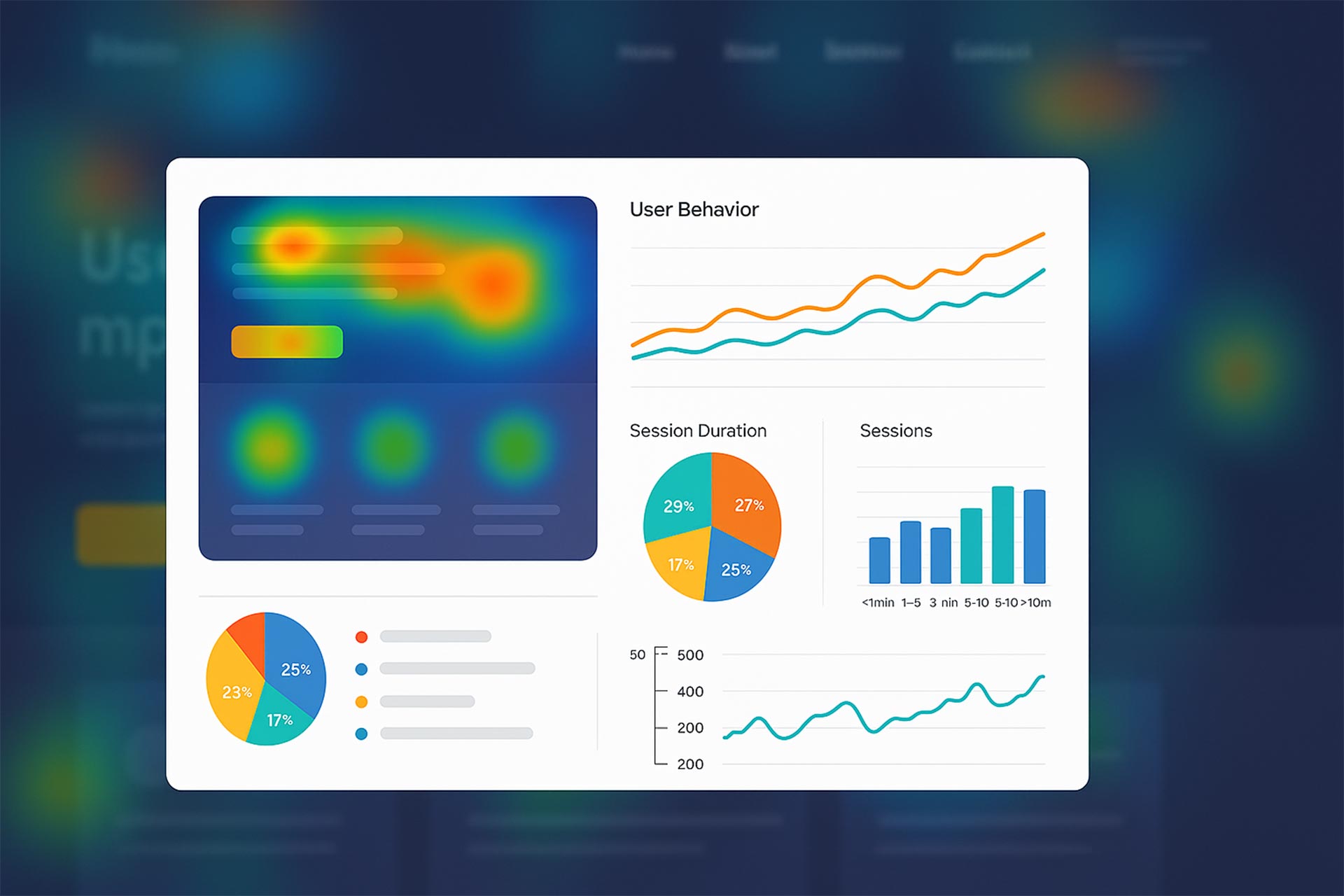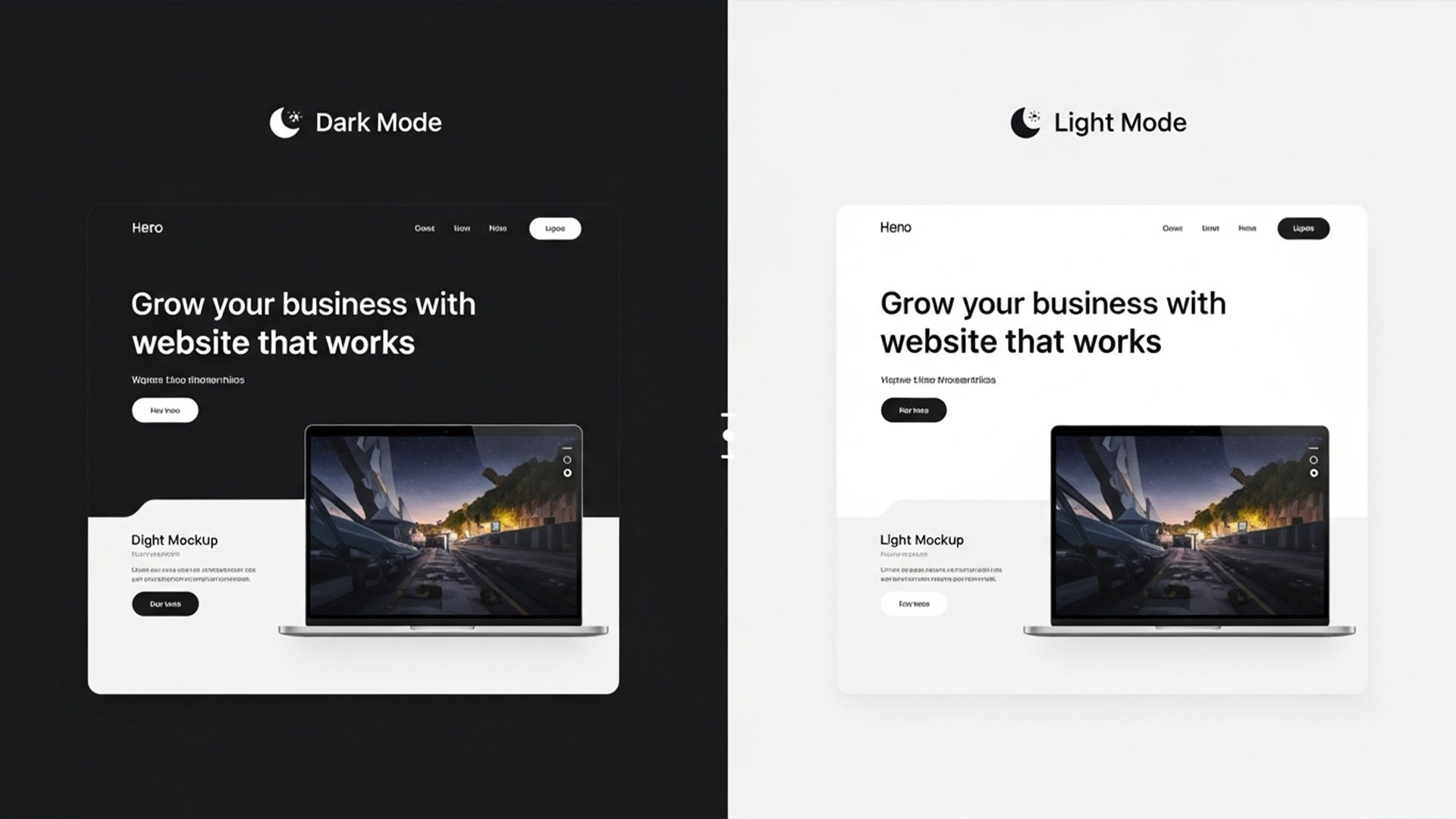
UX Analysis Tools in 2025: How AI Is Redefining User Experience
User experience (UX) analysis is undergoing a massive transformation in 2025, driven by the rapid advancement of AI-powered tools. These tools offer unmatched precision and predictive power, enabling companies to better understand user behavior and optimize digital products with unprecedented speed and accuracy.
At Loop Media, we’re at the forefront of this evolution—harnessing modern tools to design smarter, more engaging experiences for every user.
6 Major Shifts in UX Analysis Tools for 2025
1. AI-Powered Experience Analysis
▪ Automated Data Processing
AI tools now analyze vast amounts of user data—from session recordings and surveys to behavioral heatmaps—in seconds, replacing manual workflows with faster, smarter insights.
▪ Sentiment Analysis
Advanced natural language processing helps identify user emotions from reviews, surveys, and social media, uncovering pain points and positive experiences in real time.
▪ Predictive Behavior Modeling
AI algorithms forecast future user actions based on historical data, allowing companies to proactively address usability issues and improve conversion flows.
▪ Hyper-Personalized Insights
AI segments users based on behavior and preferences, delivering individualized insights that fuel custom-tailored experiences.
▪ Automated Usability Testing
Tools now simulate user flows, identify friction points, and evaluate usability—automatically and continuously.
2. Smarter Qualitative Research
▪ AI-Powered Transcription & Tagging
New platforms transcribe and tag user interviews or testing sessions, categorizing feedback into themes with AI, dramatically reducing manual effort.
▪ Voice Tone & Facial Expression Analysis
With access to video data, AI can assess facial cues and tone of voice to better understand emotional responses during digital interactions.
▪ Centralized Research Hubs
UX teams now use platforms that unify qualitative and quantitative data into one searchable hub, offering a holistic view of user journeys.
3. Blending Quantitative and Qualitative Data
Tools increasingly merge “what users do” (quantitative) with “why they do it” (qualitative) to generate richer insights.
At Loop Media, we use integrated platforms that analyze both sides of the experience—giving clients a deep, actionable understanding of user behavior.
4. Real-Time User Feedback Tools
Built-in surveys, in-app feedback tools, and integrated comment systems now deliver continuous streams of feedback.
Live dashboards visualize behavioral data in real time, helping teams identify critical issues and respond instantly.
5. Remote Testing & Unmoderated Sessions
AI-enhanced remote testing platforms now support global user testing across devices and locations.
They offer automatic usability issue detection, guided task flows, and diverse user scenario simulations without needing in-person facilitation.
6. The Evolving Role of UX Specialists
As AI handles more of the data crunching, UX researchers are shifting toward strategy.
Their value lies in asking the right questions, guiding complex data collection, and translating insights into stakeholder-ready recommendations.
In 2025, demand is surging for UX professionals who can blend real-time analytics with business thinking—a core strength of our team at Loop Media.
Conclusion: Data-Driven UX is No Longer Optional
In the new digital landscape, relying solely on intuition is not enough.
Smart businesses are turning to UX analysis tools powered by AI to gain a competitive edge.
At Loop Media, we integrate these advanced solutions to help you understand your users like never before—and deliver digital experiences that convert, engage, and grow.
Ready to elevate your UX strategy? Let’s talk.
- 📞 (+966) 53 692 8397
- 📧 Support@loop-media.co
- Visit our Contact Us page.
This article is available in Arabic. You can read the Arabic version [here].
Frequently Asked Questions About UX Analysis Tools
What’s the difference between manual and AI-powered UX analysis?
Manual UX analysis relies on human observation, while AI tools automate pattern recognition, sentiment analysis, and prediction at scale.
Can modern UX tools support multilingual websites?
Yes, most AI-powered tools support global applications and analyze user input across multiple languages.
How do these tools help increase conversions?
They identify user pain points and streamline the digital journey, making websites easier to navigate and more persuasive to convert.
Are UX tools only for large enterprises?
Not at all. Many modern UX platforms are scalable and offer pricing tiers that suit startups and small businesses as well.
 العربية
العربية


